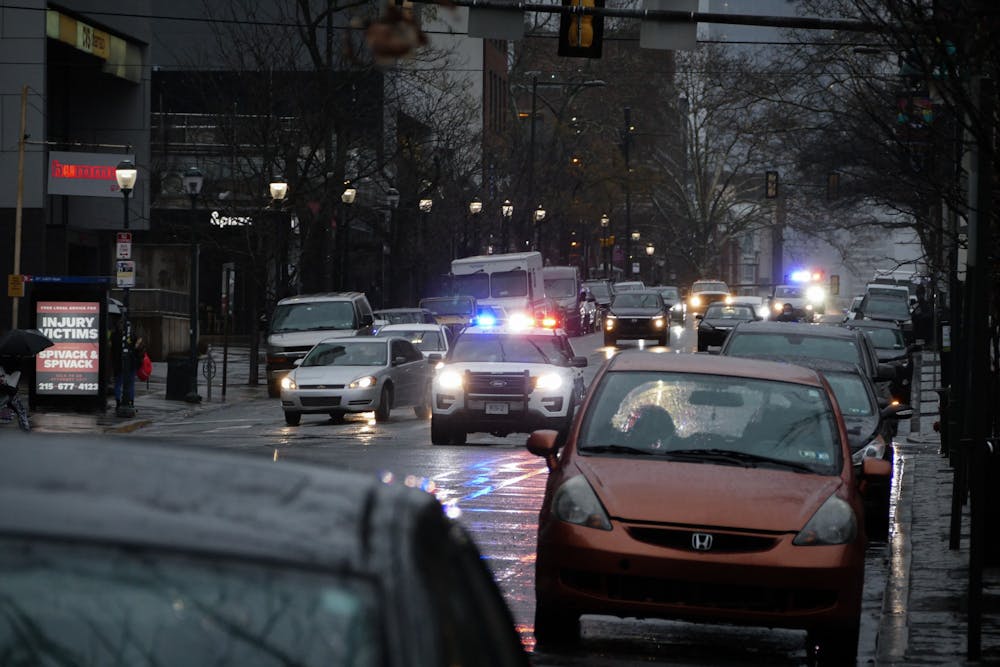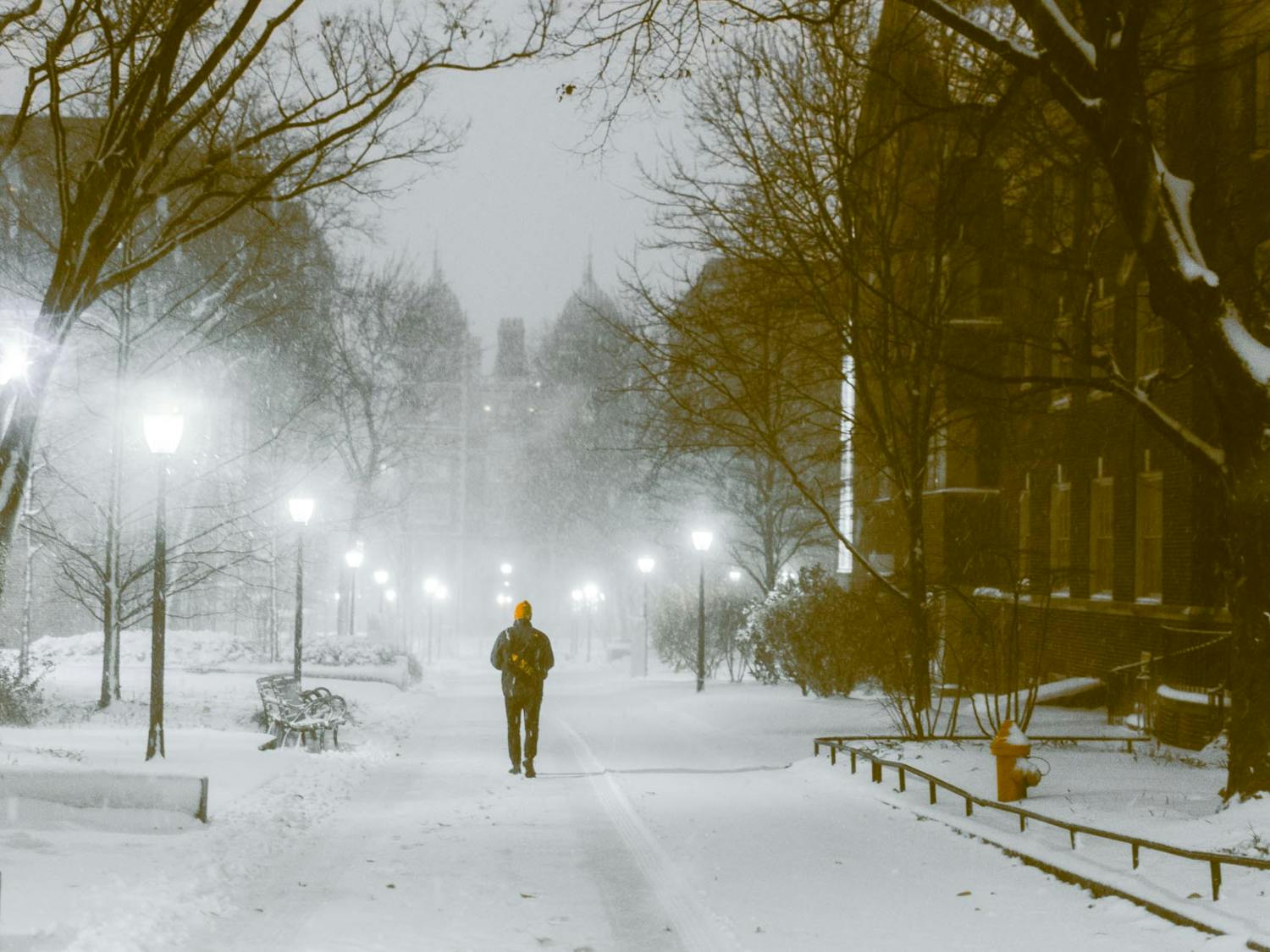In the wake of the horrific mass shooting at Robb Elementary School in Uvalde, Texas, last month, there has been a nationwide push to re-evaluate the effectiveness of police officers in schools. Even with multiple law enforcement agencies, including the Uvalde Police Department, addressing the situation, it took them 77 minutes to enter the school and stop the gunman. It is absolutely ridiculous that the very people whose job it is to serve and protect the community refused to do so when addressing a situation like a mass shooting.
In the months since Uvalde, Republicans have repeatedly called for an increased police presence in schools, believing that this will deter mass shootings in the future. However, this has been the same reaction to school shootings for decades now, and nothing has changed even as policies that put more police in schools have been enacted. Programs across the country have turned many police officers into school resource officers (SROs), who are tasked with preventing crime and ensuring school safety. And with nearly 70% of SROs identifying more with law enforcement than as educators, mentors, and counselors for students, it’s worth taking a step back and reconsidering whether the police are doing more harm than good when it comes to school safety.
The existence of police in schools disproportionately impacts students of color and students with disabilities, with both groups facing arrest and referrals to law enforcement at rates far higher than their relative enrollment levels, fueling an unfair and discriminatory school-to-prison pipeline. When kids make mistakes, the solution is not to arrest, jail, and prosecute them — instead, it is to help them learn and grow from their experiences. However, lawmakers and law enforcement alike don’t seem to realize this, and the latter are ill-prepared and inadequately trained to handle kids, especially given the national absence of training requirements for SROs. By criminalizing students for misbehavior that can be addressed by school administrators or counselors, the practice of school policing subjects them to the criminal justice system and places their futures in jeopardy.
And now, police officers have more immunity for their actions than ever before. With the Supreme Court’s recent 6-3 ruling in Vega v. Tekoh in late June, the conservative majority decided that arrested individuals who are not read their Miranda rights by the arresting officer cannot use the current protections supposedly guaranteed by federal civil rights legislation to sue for any potential damages. Essentially, arrested individuals are denied the right to be protected from compelled self-incrimination under the Fifth Amendment, and this can be especially harmful for students under the age of 18 who are arrested by SROs. The ruling could contribute to a system of retributive justice in schools, where severe punishment, instead of rehabilitation and guidance, is emphasized as a response to misbehavior.
Through restorative justice, which allows teachers and administrators to have open conversations with students, the latter can address their grievances, conflicts, and disagreements. With this approach, students don’t have to be subjected to a system emphasizing harsh disciplinary practices that can increase the likelihood of incarceration in the future. The issue of school policing is pertinent in Philadelphia, which with nearly 115,000 K-12 students enrolled in district-operated schools has one of the largest public school districts in the United States. By 2020, $31 million had been spent on placing more than 350 SROs in 216 district-operated schools across a city where 86% of enrolled students were nonwhite. This is largely concerning given the disproportionate rate at which nonwhite students are disciplined and arrested across the country. And what’s more, this means that in Philadelphia, there are approximately 329 students per school resource officer, compared to a whopping 1,353 students per school counselor.
If we need to reduce the presence of police officers in schools, then what’s the solution to stopping mass shootings? It’s simple — first, we need to invest in professionals who can make a difference in students’ lives, such as by passing the Counseling Not Criminalization in Schools Act, which was sponsored by Sen. Chris Murphy (D-Conn.) in 2021. Mental health counselors, guidance counselors, social workers, school nurses, and psychologists are well-trained to serve, protect, and help kids. The Bipartisan Safer Communities Act, signed into law by President Joe Biden last month, begins to commit funding toward this, which is the right step forward.
And second, we need to enact nationwide gun control policies complete with universal background checks, comprehensive bans on assault weapons and high-capacity magazines, and raising the legal age for gun ownership, among other necessary provisions. Unfortunately, many federal and state Republican lawmakers across the country would rather place more police officers in schools than enact any gun restrictions, failing to recognize that the nearly $2 billion dollars spent on SROs since the massacre at Columbine High School in 1999 has done nothing to prevent or even reduce mass shootings.
KESHAV RAMESH is a Wharton and College sophomore studying finance, statistics, and international studies in the Huntsman Program from South Windsor, CT. His email address is keshmesh@wharton.upenn.edu.
SEE MORE FROM KESHAV RAMESH:









